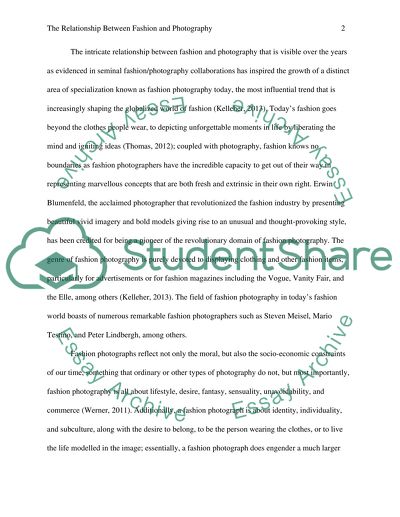Cite this document
(“Discuss How Fashion And Photography Inform Each Other Essay”, n.d.)
Retrieved from https://studentshare.org/miscellaneous/1626027-discuss-how-fashion-and-photography-inform-each-other
Retrieved from https://studentshare.org/miscellaneous/1626027-discuss-how-fashion-and-photography-inform-each-other
(Discuss How Fashion And Photography Inform Each Other Essay)
https://studentshare.org/miscellaneous/1626027-discuss-how-fashion-and-photography-inform-each-other.
https://studentshare.org/miscellaneous/1626027-discuss-how-fashion-and-photography-inform-each-other.
“Discuss How Fashion And Photography Inform Each Other Essay”, n.d. https://studentshare.org/miscellaneous/1626027-discuss-how-fashion-and-photography-inform-each-other.


